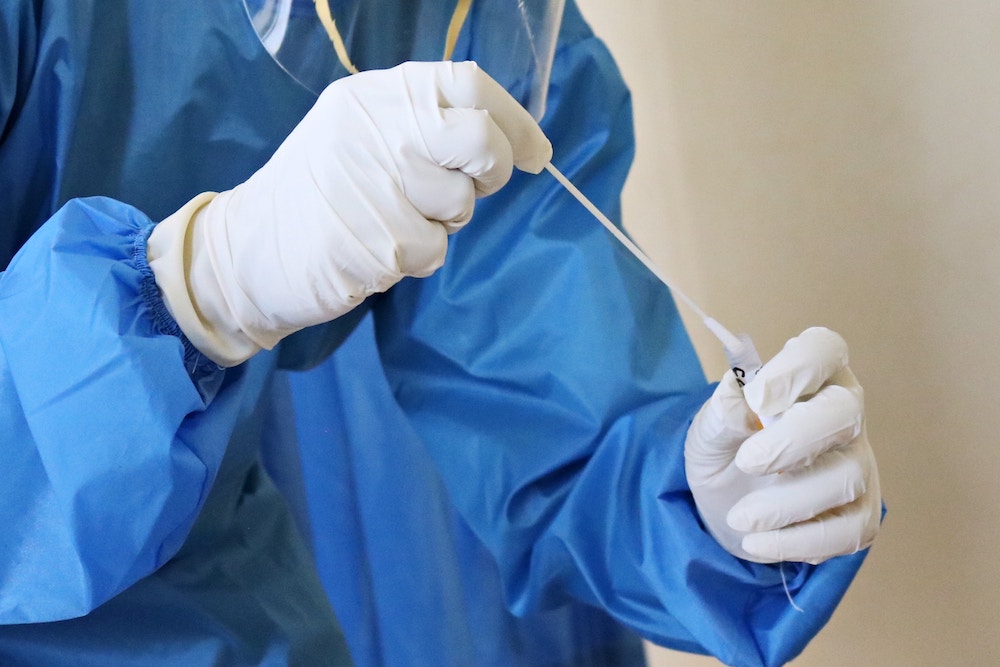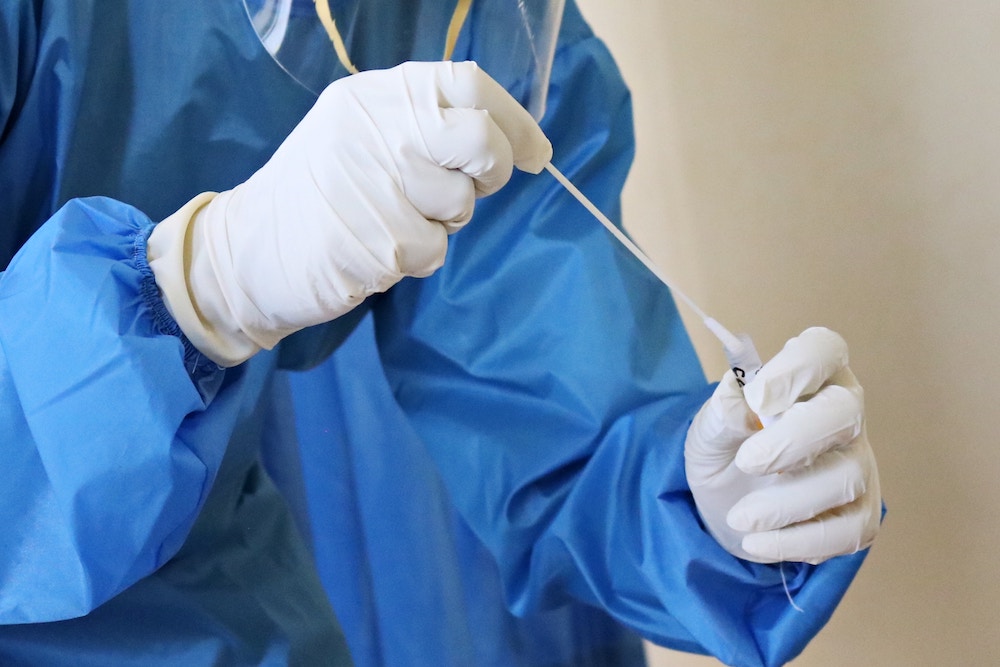
In a new publication, scientists at start-up QSimulate describe the application of a new and novel implementation of quantum mechanics (QM) to the question of how well various diverse drugs bind to SARS-CoV-2 Mpro, a protein required for the replication of COVID-19. The diversity in structure and formal charge of this set is large, rendering accurate scoring by traditional methods difficult or impossible. However, QSimulate has demonstrated that QM with high accuracy can successfully rank binding strength for this challenging set. The results suggest a broader path forward for the integration of QM in drug discovery. These calculations were made possible by a combination of A) new QM architecture that allows the calculations to be run in parallel on thousands of processor cores and utilizing an unprecedented amount of distributed memory and B) access to the necessary computational resources through Amazon Web Services (AWS). Combined, these factors have allowed QSimulate to accelerate the time required to process these calculations from weeks to hours.
In the study, the authors apply the QM method known as Density Functional Theory to score and rank the ability of 15 diverse drugs to bind the Mpro protein. The 15 drugs have all previously been experimentally confirmed to bind to Mpro.
Dr. David A. Pearlman, the lead author on the study and Vice President of Product at QSimulate notes that "The results we have obtained are exciting. Accurately rank-ordering the binding for a set of very different drugs such as this one using classical approaches has traditionally been a huge challenge. Not only do our results provide first-time validation of high-accuracy quantum mechanics in the context of drug triage, but they also demonstrate that we can use this approach to further our search for COVID-19 drugs. More broadly, it suggests a role for QM in hit-to-lead drug discovery triage very poorly served by existing computational methods."
Adds Professor Garnet Chan of Caltech, co-founder and Chief Scientific Advisor to QSimulate, "We have long known how to solve the equations of quantum mechanics to make them applicable to real-world systems. However, it wasn't until we brought new algorithms and the power of cloud computing to bear that we could hope to run these calculations quickly enough to make them useful." Scientists at QSimulate figured out how to parallelize QM across a distributed system like AWS. This unlocks the power of QM for drug discovery. Chan continues, "Without our new approach, these calculations would have taken weeks to complete. Now we can finish them in hours."
Dr. Toru Shiozaki, CEO and co-founder of QSimulate summarizes, "10 years ago, the best we could do with an accurate quantum simulation was to look at very small model systems with little relevance to real-world pharmaceutical problems. The fact that we are now at a place where QM has demonstrable relevance to drug discovery, AI, and more is fantastically satisfying."
The results are described in the preprint titled "Quantum Simulations of SARS-CoV-2 Main Protease Mpro Enable Accurate Scoring of Diverse Ligands" (https://arxiv.org/abs/2010.07883) which is authored by Yuhang Wang, Sruthi Murlidaran, and David A. Pearlman, all of QSimulate. These calculations were made possible by donated computing credits provided by AWS.
In the study, the authors apply the QM method known as Density Functional Theory to score and rank the ability of 15 diverse drugs to bind the Mpro protein. The 15 drugs have all previously been experimentally confirmed to bind to Mpro.
Dr. David A. Pearlman, the lead author on the study and Vice President of Product at QSimulate notes that "The results we have obtained are exciting. Accurately rank-ordering the binding for a set of very different drugs such as this one using classical approaches has traditionally been a huge challenge. Not only do our results provide first-time validation of high-accuracy quantum mechanics in the context of drug triage, but they also demonstrate that we can use this approach to further our search for COVID-19 drugs. More broadly, it suggests a role for QM in hit-to-lead drug discovery triage very poorly served by existing computational methods."
Adds Professor Garnet Chan of Caltech, co-founder and Chief Scientific Advisor to QSimulate, "We have long known how to solve the equations of quantum mechanics to make them applicable to real-world systems. However, it wasn't until we brought new algorithms and the power of cloud computing to bear that we could hope to run these calculations quickly enough to make them useful." Scientists at QSimulate figured out how to parallelize QM across a distributed system like AWS. This unlocks the power of QM for drug discovery. Chan continues, "Without our new approach, these calculations would have taken weeks to complete. Now we can finish them in hours."
Dr. Toru Shiozaki, CEO and co-founder of QSimulate summarizes, "10 years ago, the best we could do with an accurate quantum simulation was to look at very small model systems with little relevance to real-world pharmaceutical problems. The fact that we are now at a place where QM has demonstrable relevance to drug discovery, AI, and more is fantastically satisfying."
The results are described in the preprint titled "Quantum Simulations of SARS-CoV-2 Main Protease Mpro Enable Accurate Scoring of Diverse Ligands" (https://arxiv.org/abs/2010.07883) which is authored by Yuhang Wang, Sruthi Murlidaran, and David A. Pearlman, all of QSimulate. These calculations were made possible by donated computing credits provided by AWS.




 IonQ Achieves Industry Leading Performance on Next Generation Barium Qubits
IonQ Achieves Industry Leading Performance on Next Generation Barium Qubits